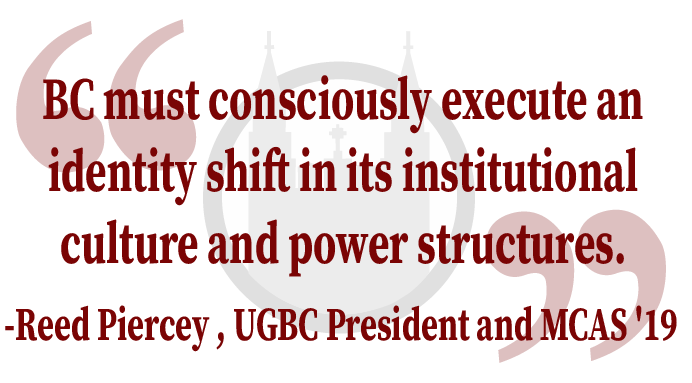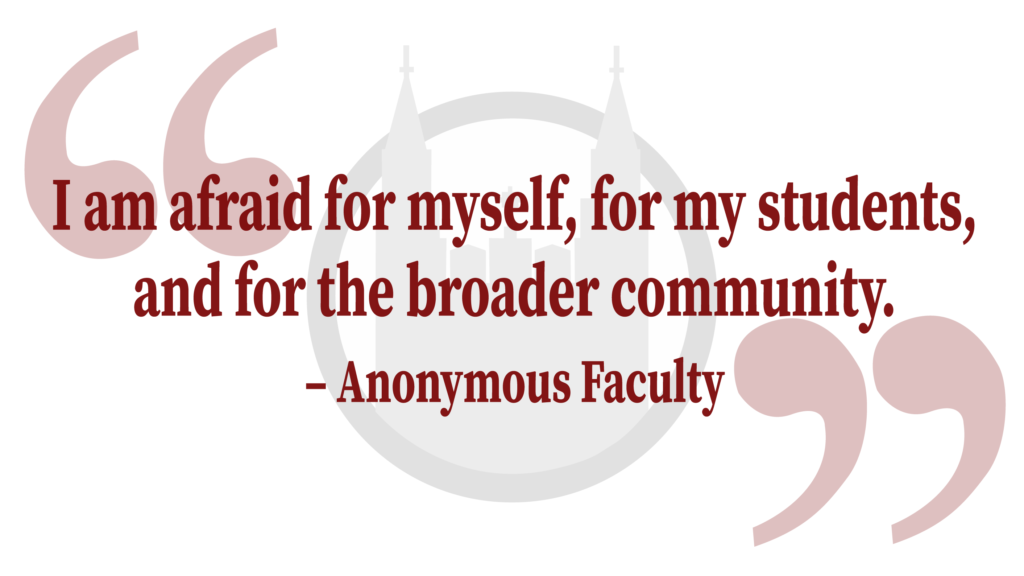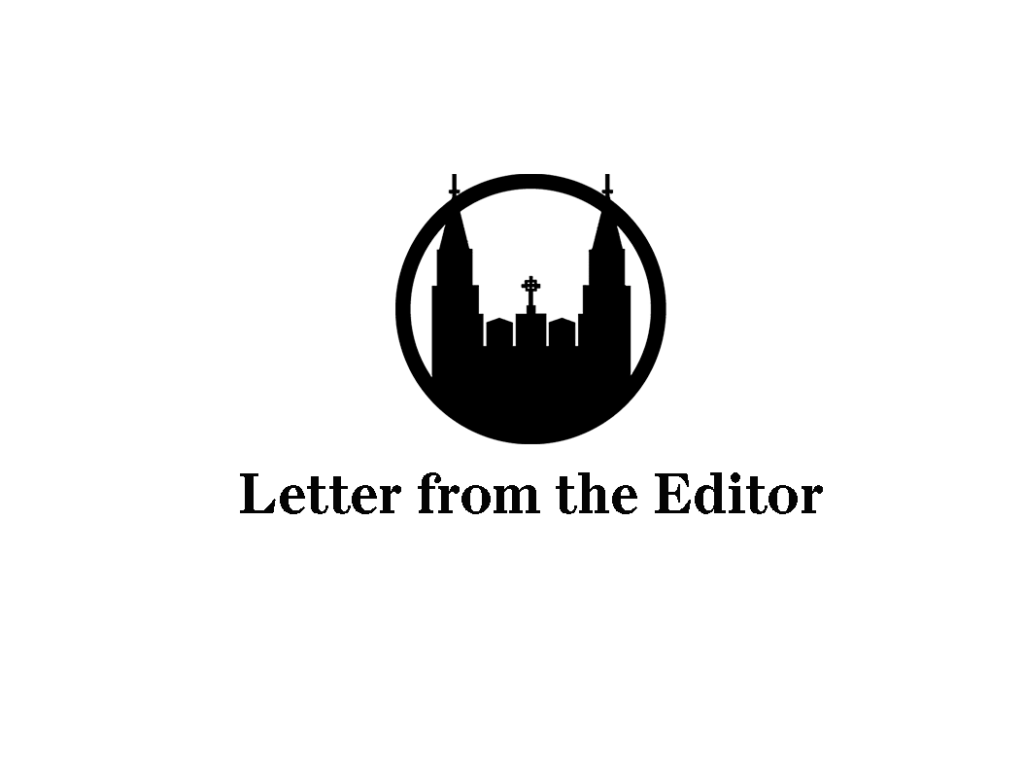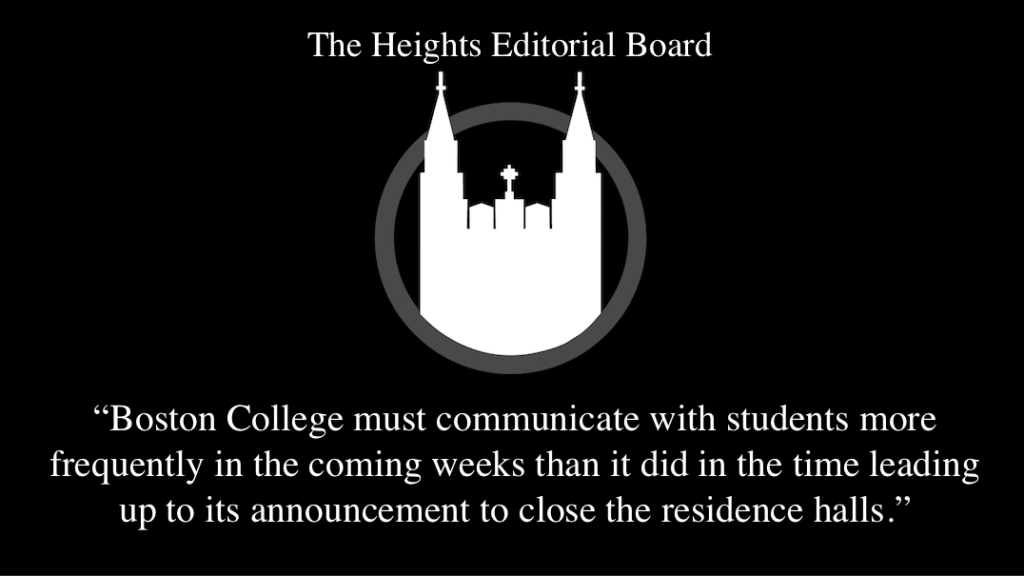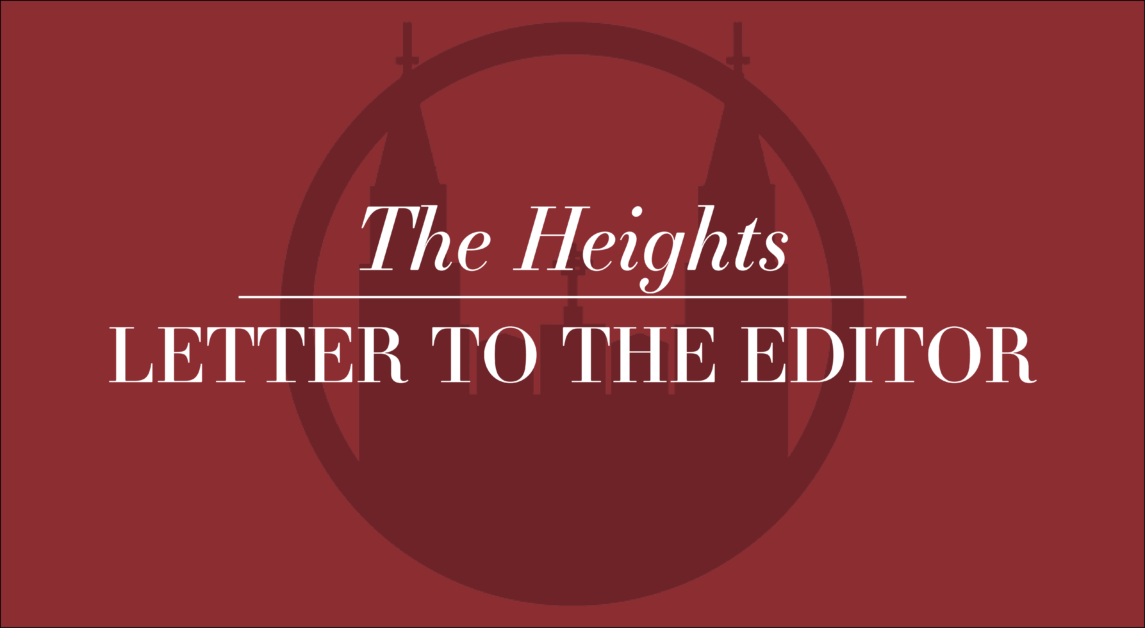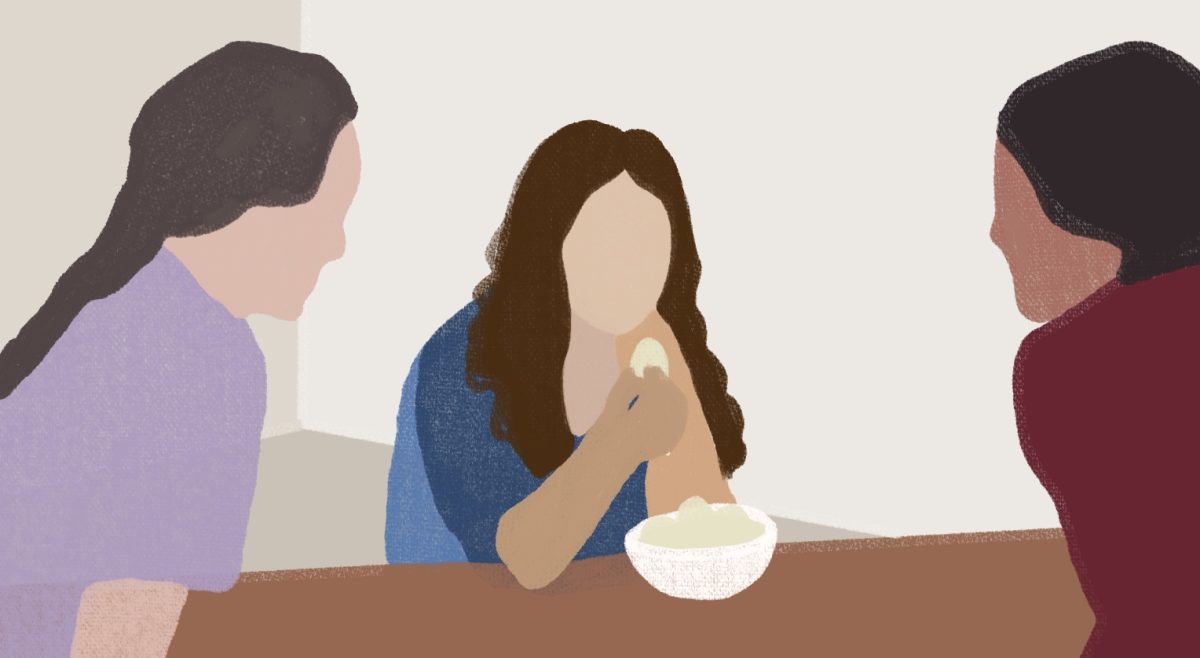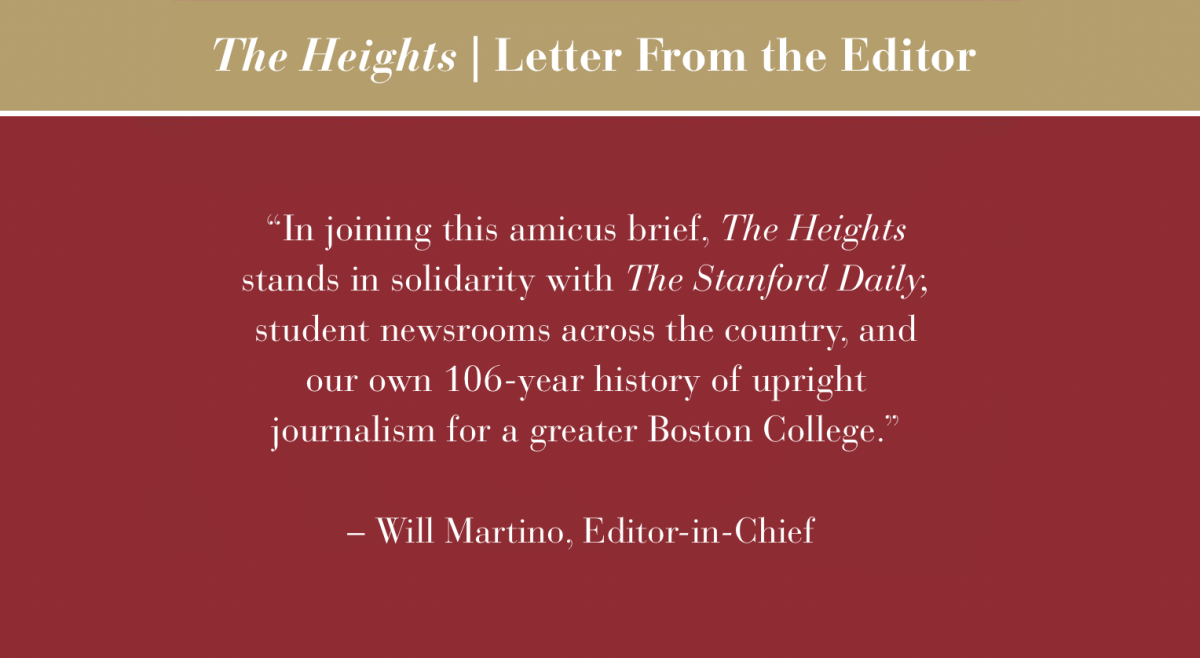A few weeks ago, I attended a roundtable discussion with Peggy McIntosh, a scholar and professor at Wellesley College who is known for her pioneering 1989 article on white privilege. Toward the end, she asked every student in the room a simple question: “Do you feel like this institution sees you as an asset?” I was the only white person, and the only male, in attendance. I was also the only student who said yes.
The discomfort I felt then pales in comparison to the discomfort people of color are often made to feel here. For a long time, I didn’t lean into that discomfort. I didn’t really sit with the sinking feeling that comes with imagining what it must feel like to be a person of color at a predominantly white institution. When I began to try, it wasn’t necessarily because I had witnessed racism myself––it was because I had taken the time to hear from people of color in my life about their experiences. Despite my best intentions, I am still largely oblivious to casual displays of racism and prejudice; after all, they don’t directly affect me in my day-to-day life. So it only makes sense to temporarily put aside my own lived experiences and genuinely listen to those of people who hold different identities.
Everything I just said is probably blindingly apparent to people of color. But over a year after the Silence is Still Violence protests, and several years since earlier landmark demonstrations like the die-in at St. Mary’s, I have to ask how many white people––particularly white men––have challenged themselves to undergo this process of self-reflection. At the photo gallery organized by the Social Justice Committee of the Vandy/90 RA staff in the Cabaret Room in October, which examined last year’s march and compared it to earlier 20th-century activism at BC, I tried to put my own identity in context with the historical identity of BC as an institution.
In its founding in 1863, BC was an institution by and for white, Irish Catholic men from Boston. At the time, Irish Catholic immigrants struggled to find equal opportunities for education in the United States. But although that ceased to be the case, BC retained the same identity for most of the 20th century. We were notably slow to react to the transformations of the Civil Rights Era. We did not become coeducational until 1970. Throughout all this, there was a pattern made clear by the photo gallery’s vignettes, dating all the way back to the 1930’s: a movement would arise from the student body advocating for more diversity, equity, and inclusion initiatives, and it was usually followed by a reactive––often delayed––response from the administration.
Nearly half a century later, however, there has been one unmistakable change in our identity: BC has undergone a radical transformation in terms of power and prestige. We have grown our endowment to over $2 billion. We have attracted a more diverse student body in terms of race, socioeconomic status, geography, and countless other factors. BC leadership has intentionally sought to move us away from our reputation as an Irish Catholic commuter school and become an internationally renowned beacon of Jesuit education.
That is a positive change. What we also have to recognize is that, in pursuing a more inclusive and global reputation, numbers are not enough. BC must consciously execute an identity shift in its institutional culture and power structures. Whiteness has remained dominant here. It is encouraging to see that the Class of 2022 is the most diverse in the University’s history, but until students, faculty, and staff alike contend with the historical roots of BC’s dominant culture, AHANA+ students will not be able to benefit from all that our institution has to offer. They will continue to feel marginalized and discriminated against. More intentional steps must be taken towards a Jesuit Catholic culture that truly welcomes and celebrates all identities. And that change must come from the top as well as the bottom. Groups like the Black Eagles have articulated tangible policy proposals to that effect. For the good of the community, I hope they are taken to heart.
Reed Piercey, UGBC president and MCAS ’19
Featured Graphic by Ikram Ali / Graphics Editor

